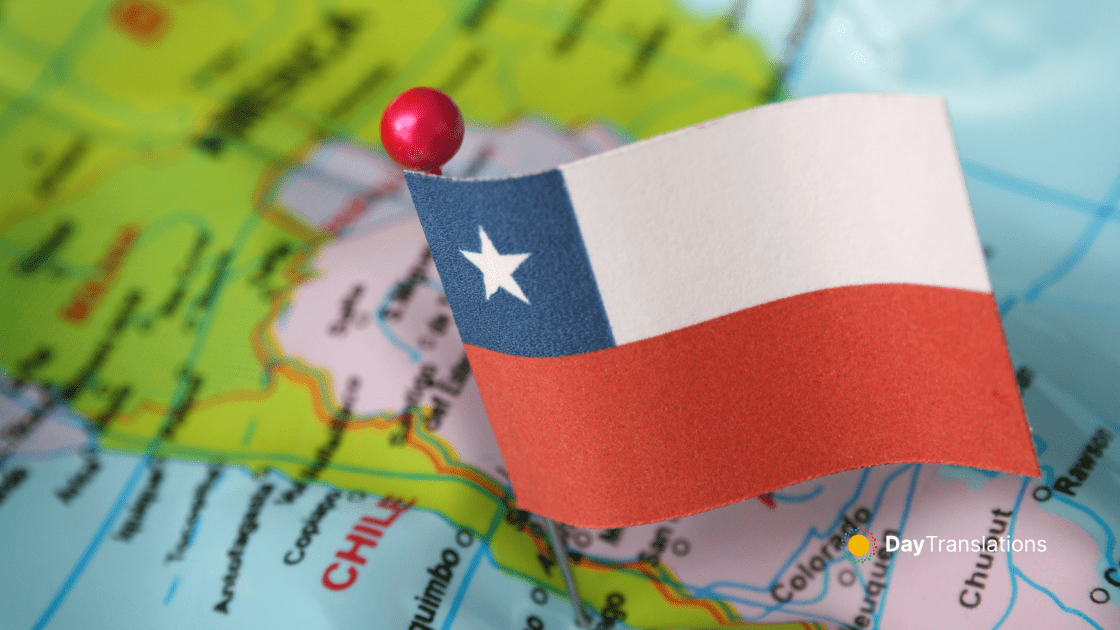Geography of Bahrain: Important Geographical Information about Bahrain
In this Country Profile
The Kingdom of Bahrain is an archipelago consisting of one large island and about thirty-five smaller islands strategically located near the western shores of the Persian Gulf. Only four of these islands are actually inhabited. Being mostly a low-lying and barren desert, the country is usually characterized by recurrent draughts and dust storms. However, fruit trees such as date palm, pomegranates and figs grow along the fertile northern coast. The interior contains the highest point in the island – Jabal ad Duhhan, “The Mountain of Smoke” – which stands at 134 meters (440 feet) above the sea level.
Bahrain occupies an area of 760 square kilometers. Bahrain Island, also known as Al Bahrayn in Arabic, is the largest island where the capital Manama is located. The island accounts for 83% of the country´s total area. The neighboring islands of Muharraq, which covers an area of 18 square kilometers, and Sitrah are connected by causeway to Bahrain Island. Muharraq is the island where the country’s second largest city, Al Muharraq, is located. Bahrain International Airport is also based there.
Connected to Saudi Arabia via the King Fahd Causeway, Bahrain also shares maritime borders with Qatar. After the territorial disputes with Qatar were finally ruled out by the International Court of Justice, Bahrain was given sovereignty over the gas-rich archipelago of Hawar and the island of Qit’at Jaradah, situated off the west coast of Qatar.
Bahrain’s seabed is home to extensive coral reefs which are mainly distributed along the northern and eastern coastlines. The reefs include Fasht Al Adhom; west Fasht Al Dibal; Khwar Fasht; north Jabari; Fasht Al Jarim; Samahij; and Abul Thama. Unfortunately, the increasing urbanization of the northern and eastern coastal areas due to land reclamation is damaging valuable shallow coastal resources, including coral reefs. It is calculated that about 182,000 square meters of reef area were lost between 1985 and 1992.

Sorry, the comment form is closed at this time.